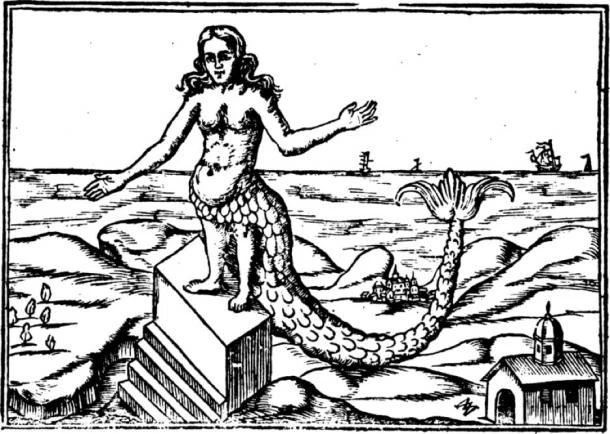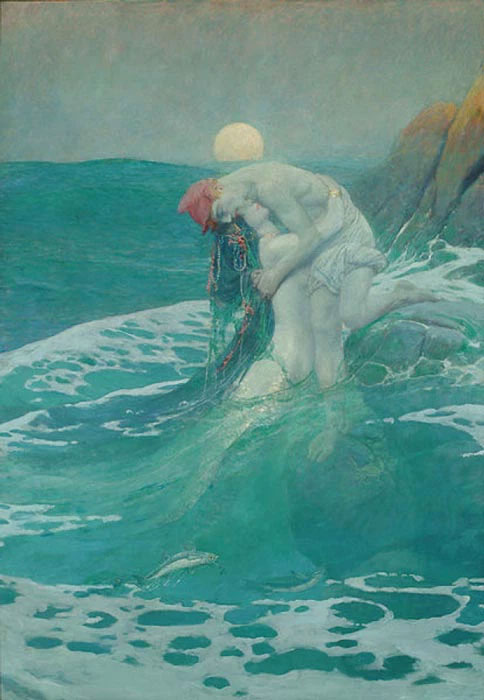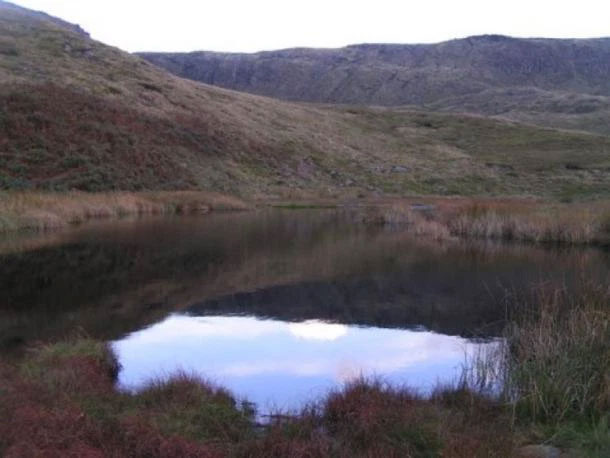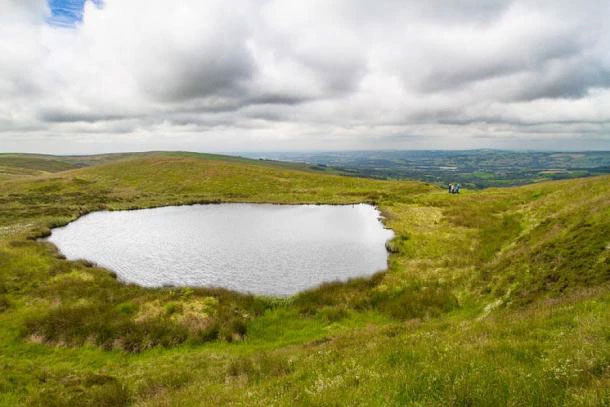Strange Tales of Merfolk Still Send Shivers Down Our Spines
For thousands of years, terrifying stories of merfolk—such as mermaids, selkies, and mermen—have washed ashore alongside battered sailors. These tales intertwine with mythologies from Norse, Near Eastern, European, Asian, and African cultures. The most famous story is that of Christopher Columbus claiming to have discovered a mermaid during his expedition in the Caribbean. Subsequently, tales of mermaids became a popular theme in painting and literature, such as in Hans Christian Andersen’s famous fairy tale The Little Mermaid (1836), as well as in numerous operas, artworks, films, and books.
The Earliest Accounts of Merfolk
The earliest stories of merfolk appeared in ancient Assyria, where the goddess Atargatis transformed into a mermaid after accidentally killing her lover. The male counterpart of the mermaid is the merman, and both genders are known for their romantic entanglements with humans—often leading to tragic outcomes.
Many emotional and psychological traits of the earliest mermaids are reflected in the Sirens of Greek mythology, but these sea creatures are also linked to violent natural events such as storms, floods, shipwrecks, and drownings.
Less Known English Merfolk Tales
While the Shetland and Orkney Islands in northern Scotland can be considered the epicenter of European merfolk folklore, a bizarre event occurred in 1737 in the waters south of England, near Exeter. It would haunt eight fishermen for the rest of their lives.

The earliest stories of merfolk appeared in ancient Assyria.
On Thursday, November 10, 1737, at a fishing ground called Topsham Bar, a group of eight fishermen had been fishing all morning. When they pulled up their nets, they “were startled to discover a creature with a human-like shape, possessing two legs.” All eight witnesses were independently interviewed, and they all reported that the creature “jumped out of the net and ran away.” Although this seems hard to believe, the fishermen added that when they caught up with the “mysterious creature,” they realized it was dying and “moaning like a human.” One of the fishermen told the authorities: “Its legs had flippers like a duck’s, and it had eyes, a nose, and a mouth like a human.” He described it as having “a tail like a salmon and about 4 feet tall.”
This creature did not fit the typical descriptions or prototypes of a mermaid, where such beings are often depicted as humans wearing seal skins—transforming them into half-human, half-sea animal entities. This “Exeter Incident” was strangely different, and the description of the creature was confirmed by all eight witnesses: “The two legs below the waist had animal characteristics,” resembling flippers and scales around the shins.
Later, in 1812, near Exmouth, close to Exeter, a fisherman named Toupin and his crew claimed to have “heard music coming from a creature resembling a human with a fish tail.” This description aligns with classic mermaid tales, where creatures known as “sirens” sing to lure fishermen into deadly waters.
Toupin’s sources reported that they “were drawn in by the strange noise, indescribable but comparable to a wild, jingling harpsichord melody.” Mr. Toupin described the creature as having “two arms that it used very dexterously, ending in four webbed fingers.” He elaborated on the creature’s features: “an oval-shaped face, resembling a seal, but cuter, with hair that seemed to flow over its head and slicked back.” According to Toupin, “it was about 5 and a half feet long, and it had previously seemed to playfully approach the ship; after three quick dashes, it swam away and disappeared.” In an attempt to lure the creature closer to their fishing boat, they threw out fish.
Just 11 years later, in 1823, once again in Exeter, a series of mermaid sightings were reported at the River Ex, including witnesses who claimed to have seen a creature resembling the reports from 1737, with “two legs below the waist” and “animal characteristics.” Another report described the creature as “from the waist down resembling a salmon” and that it “ran away upon being seen until it was caught and killed,” according to a report in the Devon Times.
Haunting Tales of Mermaid Lake and Black Mere
In the northern part of England, within the Peak District, two legends about mermaids are still told. The first story is said to be about Mermaid Lake, located just below Kinder Scout in the High Peaks. This saltwater lake is quite unique, situated deep inland. Such natural characteristics perhaps make sense as it is associated with a mermaid from the ocean.

The male counterpart of the mermaid is the merman, and both genders are known for their romantic entanglements with humans.
Mermaid Lake is associated with the ability to heal “those brave enough to bathe in it” and if someone does so on Easter night, the mermaid will appear, granting eternal life. Otherwise, the bather will descend into the depths, never to see the sun again.
The second story is said to occur at Black Mere, located in the southwestern tip of the Staffordshire Peak District; a nearly round natural lake about 50 yards (45.72 meters) across, situated 6 miles (9.66 km) northwest of Leek. The lake is believed to be bottomless, giving rise to a legend that a mermaid came here “hundreds of years ago because of a sailor from the nearby town of Thorncliff.”

Mermaid Lake is associated with the ability to heal “those brave enough to bathe in it.”
This story resembles the classic love tale in Greek mythology of a nymph in the waters with a sailor, where, upon the sailor’s death, the mermaid became enraged. Unable to return to the sea, she haunted the lake—seeking revenge for her lover’s death. The legend at Black Mere may have been inspired by a real event in 1679, when a peddler was murdered and thrown into the lake.
In an effort to clarify the truth, in 2013, Mr. Philip David from Stoke-on-Trent, a member of the North Staffordshire branch of the British Sub-Aqua Club, equipped himself with diving gear and determined that the lake is not actually bottomless. According to Philip, “the deepest point of the lake is no more than 7 feet, and the bottom is all mud.”

The legend at Black Mere may have been inspired by a real event in 1679.
Another rather grim story about Black Mere tells of a local man named Joshua Linnet who was spurned by a beauty. Unable to face the pain, he accused the woman of witchcraft. Joshua convinced the local people to drown the girl in the lake, and in her final moments, she cursed Joshua.
Three days later, Joshua’s body surfaced in the lake with “a face full of claw marks”—a mark believed to be inflicted by the “evil mermaid.” Many believe that this malevolent spirit still haunts Black Mere to this day.

















































